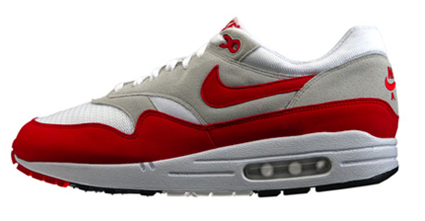You can’t get rich by working
And love doesn’t last forever
In the public sauna they never ask
If it’s ok to throw water on the stoveOld forests are cut down and turned into toilet paper
And still all the toilets are always out of paper
Why products on sale drive the people crazy?
In the middle of Helsinki they built another shopping hell
…
Finnish artists Tellervo Kalleinen and Oliver Kochta-Kalleinen collected the pet peeves and angst-ridden pleas of people in Helsinki, and then composed this choral work around the list of complaints. Birmingham has also chipped in with their very own Complaints Choir, and I could see no reason why Singapore should not chip in too.
Complaining is for the longest time the national past time: forum pages are often inundated with them; kopi-tiams see groups of uncles-and-aunties rattling on about jobs, the gahmen (Government) and bus fare prices; school kids complaint about homework; adults complain about working hours and their bosses etc.
There are so many good reasons to channel complaining into a song like this. Turning negativity and pessimism into a creative work of art dissipates the grunt – as you sing along about the pet peeves, they may become a little more tolerable, a little more bearable, and perhaps even, a little cuter.
The issues sang in the Complaints Choir are also very localized – only those who’re here can really know and identify with it. In Singapore’s version, maybe there could be: NKF, forgetting to tap-out on buses, about choosing HDB flats close to your kid’s primary school, GRCs, .. these are stuff that makes it Uniquely Singapore. As much as it is a daily gripe, it still gives a facet of life here – something that once you see it, you know you’re here.
I can imagine Finns all over the world nodding in agreement with the song, identifying with the complaints – “Oh yeah! I’m really irritated by that!”, and yet among all these emotions evoke a warm sense of nostalgia and identity, a love for Helsinki for all its quirks and particularities.
So someone, make one already!



